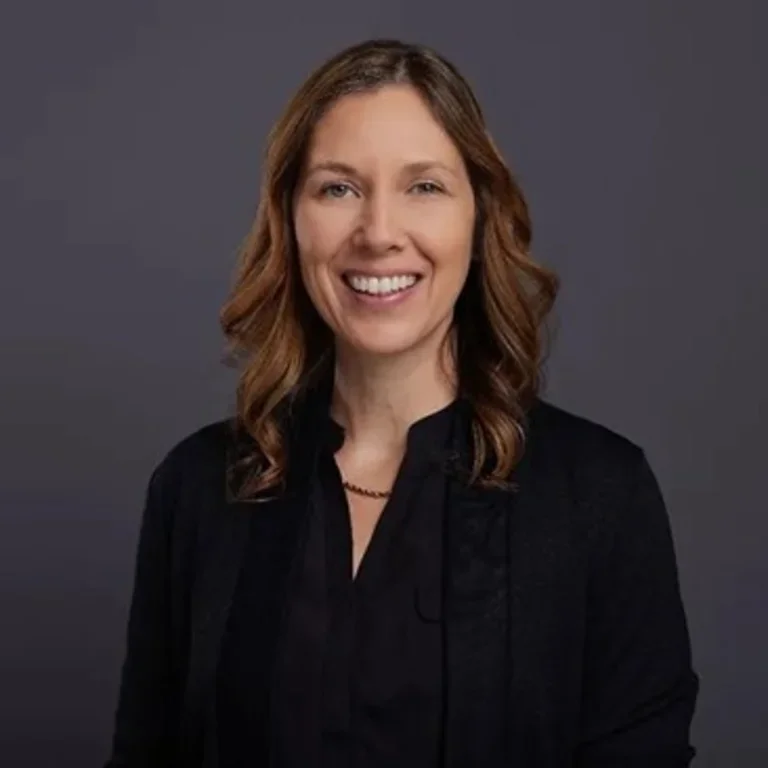"Students in the Cities and Climate Change class work together to explore data on earth systems, geoscience, and energy flows while at the same time learning to link this knowledge to low-carbon design strategies."
The record number of young voters who fueled President Biden’s win in the 2020 election consider the transition to renewable energy one of their top priorities (78%) according to a poll conducted by Tufts University. Today’s youth are keenly aware that climate change is a multi-generational challenge that demands innovation and long-term vision. In a new course offered by Columbia’s Program for High School Students, talented and enthusiastic youth from across the country take a deeper dive into the complex relationship between cities and our changing climate.
Cities, home to over half of the world’s population, are responsible for an estimated 75% of global carbon dioxide emissions. Students in the Cities and Climate Change class work together to explore data on earth systems, geoscience, and energy flows while at the same time learning to link this knowledge to low-carbon design strategies. Unphased by the complex linkages between people and their environment, students are committed to keeping issues of environmental justice and political will at the forefront of the conversation.
Unphased by the complex linkages between people and their environment, students are committed to keeping issues of environmental justice and political will at the forefront of the conversation.
In addition to embracing plans for decarbonization, cities are beginning to plan for climate adaptation and resiliency. Many communities around the world are already experiencing the impact of a changing climate as temperature extremes and storms become more frequent. With interests across a range of fields including environmental science, architecture, and engineering, each student brings a fresh, solution-oriented perspective to interdependent urban systems.
Education plays a critical role in catalyzing change. Columbia is at the forefront of interdisciplinary environmental education as demonstrated by the work of the Earth Institute and by the launch of the Climate School. Increasingly, K-12 educators are embracing the importance of climate-education and are working to standardize a climate curriculum. This week’s Climate Education Youth Summit for New York and New Jersey, organized by Columbia University’s Eco Ambassador Program of the Center for Sustainable Development in partnership with the National Wildlife Federation in New York City and New Jersey Audubon, highlights the role of education in facing the climate crisis. New Jersey recently led the nation as the first state to incorporate climate change across education guidelines for K-12 schools
Columbia is at the forefront of interdisciplinary environmental education as demonstrated by the work of the Earth Institute and by the launch of the Climate School.
In the spirit of these initiatives, the Cities and Climate Change course builds climate knowledge using a three-tiered approach:
- Science-based analysis. Before taking action, we need to understand the problem. Practitioners and researchers working to address climate change must be able to analyze scientific data, assess uncertainty, and explore impacts at various spatial and temporal scales.
- Interdisciplinary content. So called wicked problems – problems that are challenging to solve because of changing contexts or complex interdependencies – are best addressed through a variety of disciplinary lenses. In the case of climate change, actions we take to mitigate emissions could, and usually do, have social and economic impacts.
- Solution-oriented case studies. Around the world, local governments are taking action to both mitigate and adapt to climate change. By learning from the successes of others, we can be prepared to design and build climate-informed urban systems.
With the passion, curiosity and fortitude to tackle problems without easy answers, high school students are eager to connect with peers and the broader scientific research community to learn more about our planet and the challenges we now face. As demonstrated by the momentum of multiple youth climate rallies that took place in 2019, young people are also ready to take action. Biden is now beginning the hard work of tackling some of our nation’s most challenging and perennial environmental and social problems, but we all have our roles to play in ensuring his success
The views expressed are those of the author and do not necessarily represent the views of any other person or entity.
